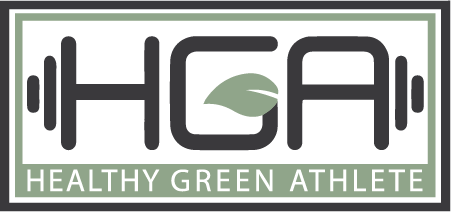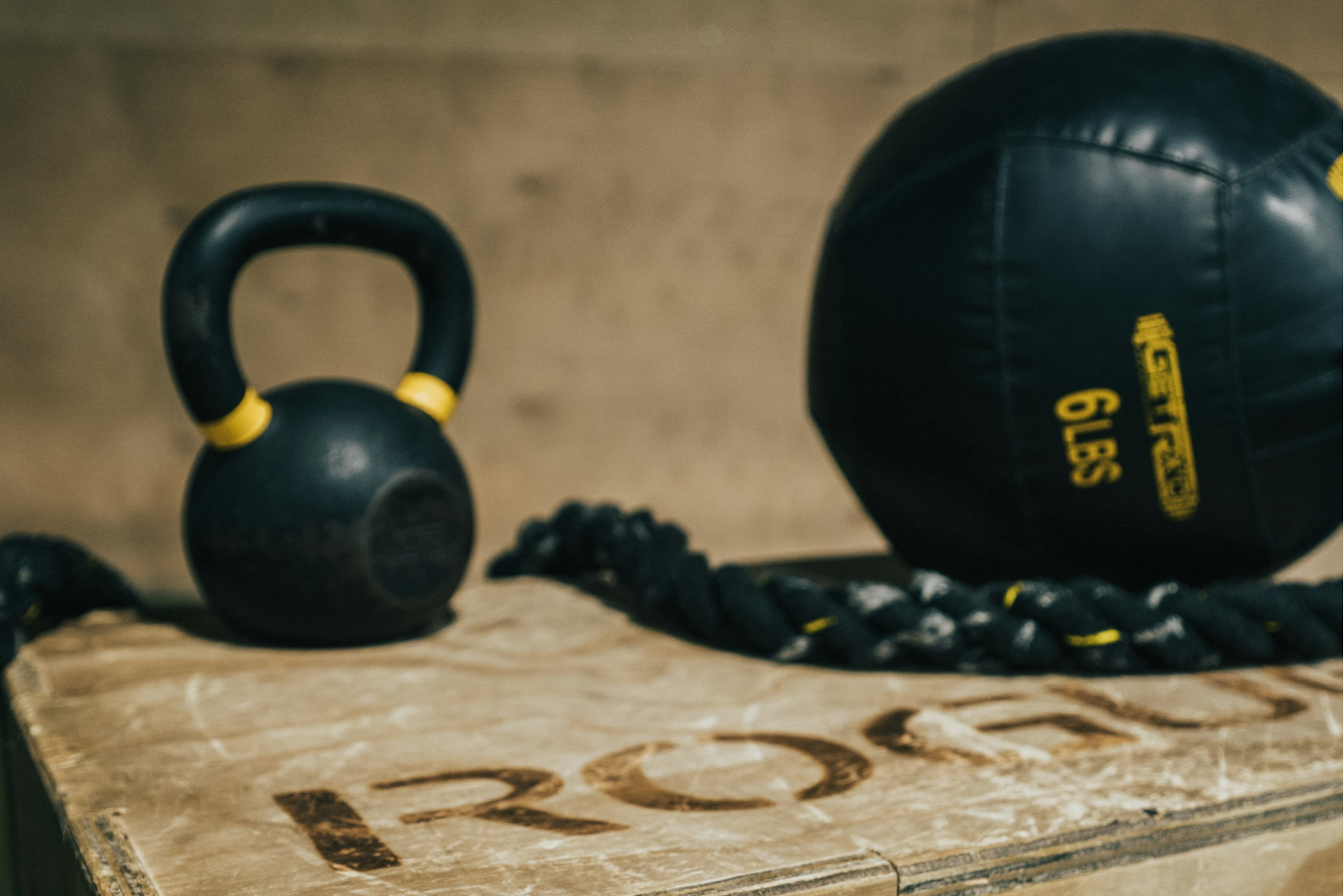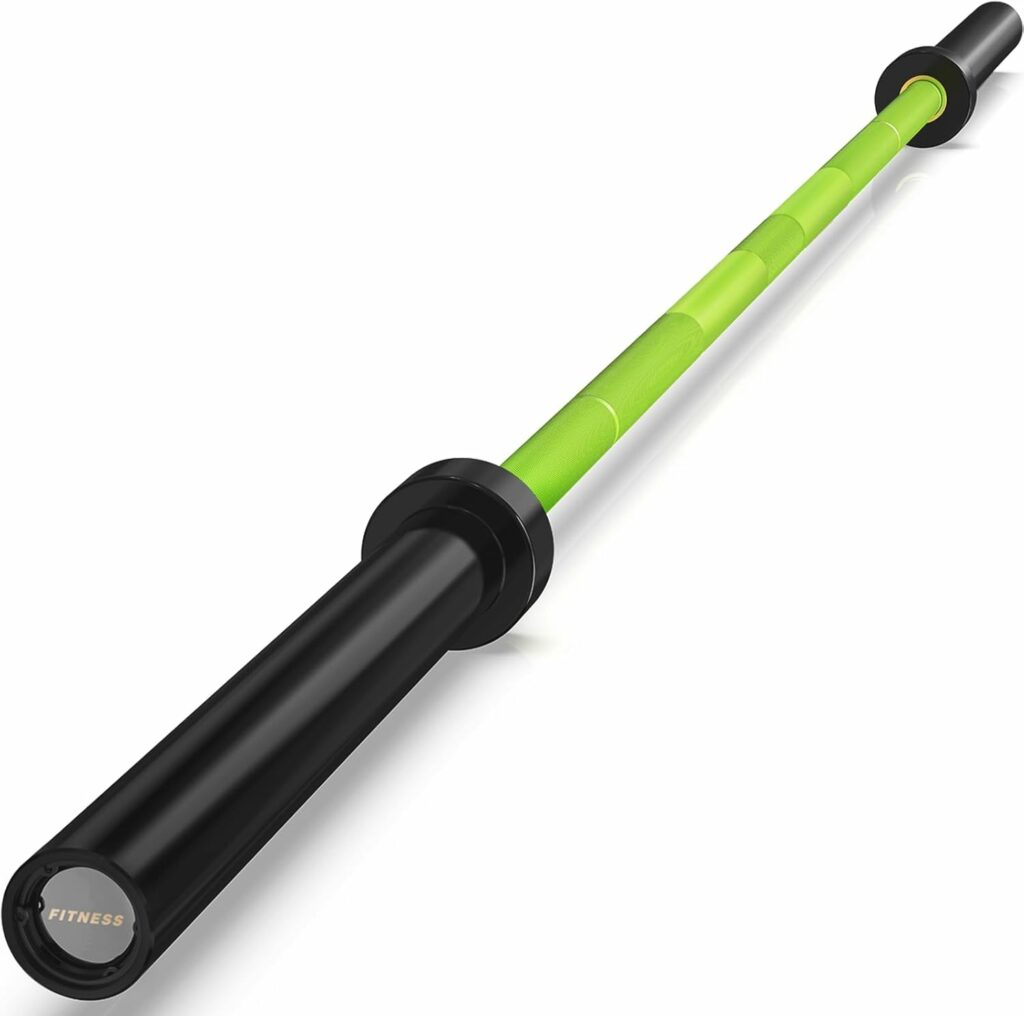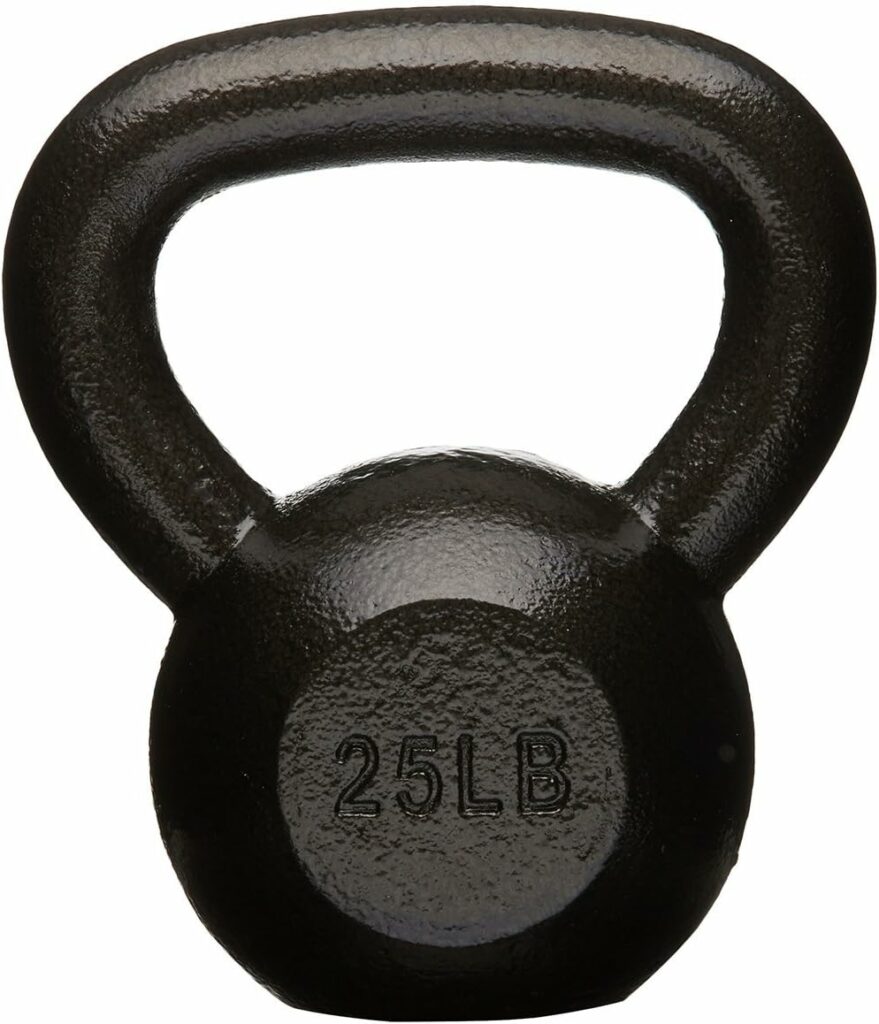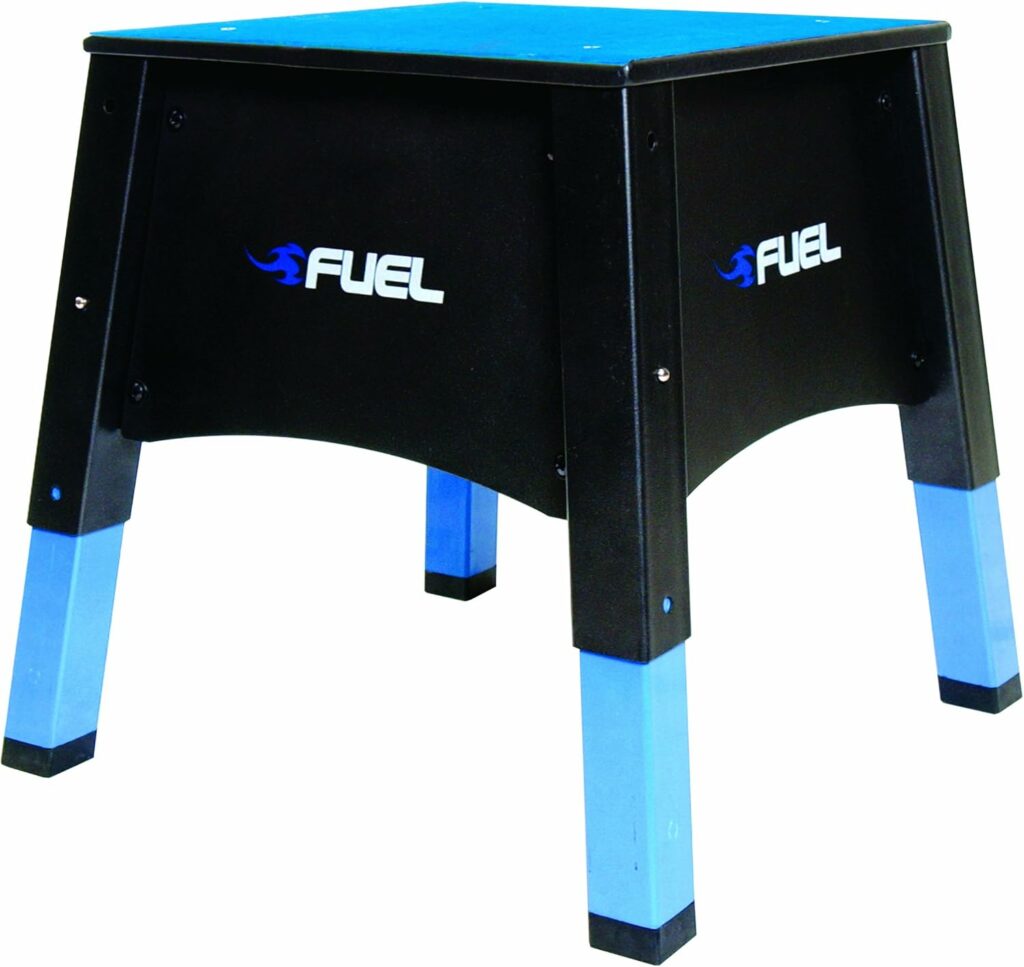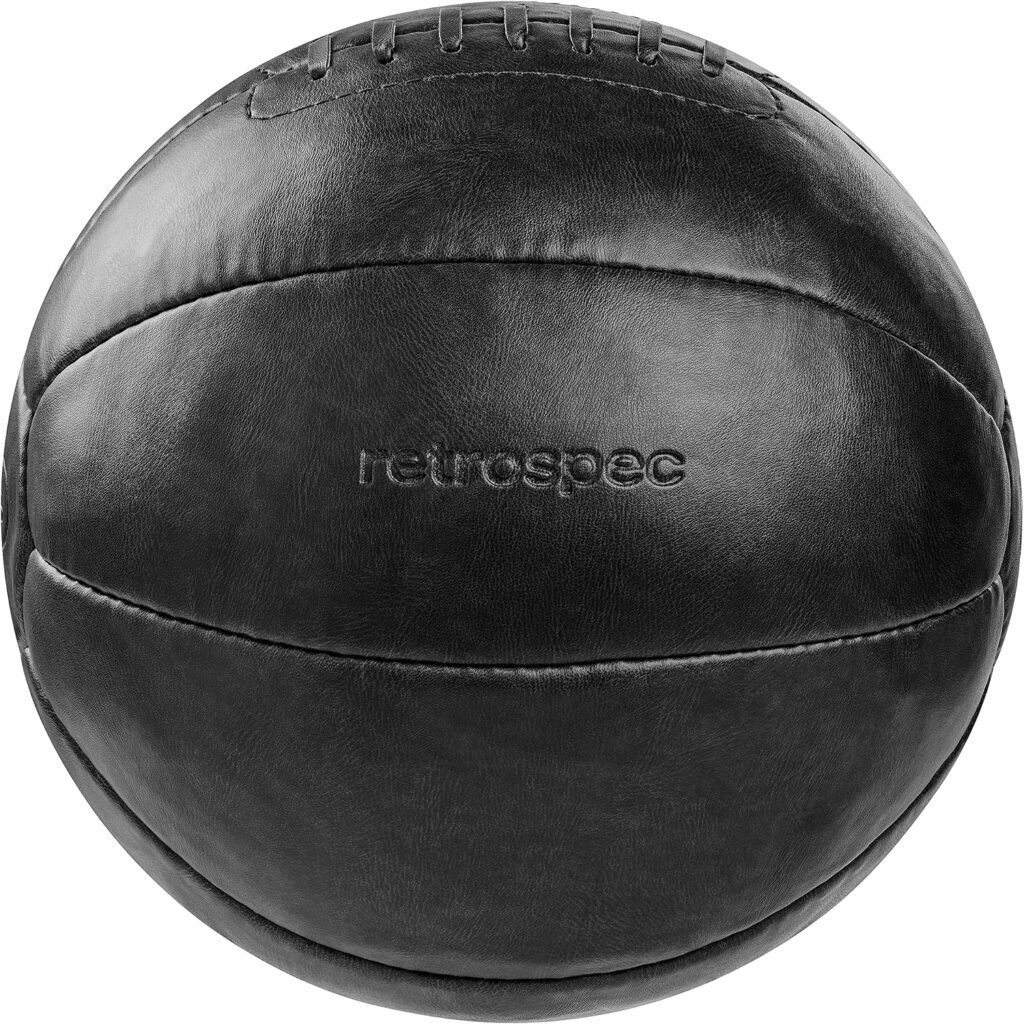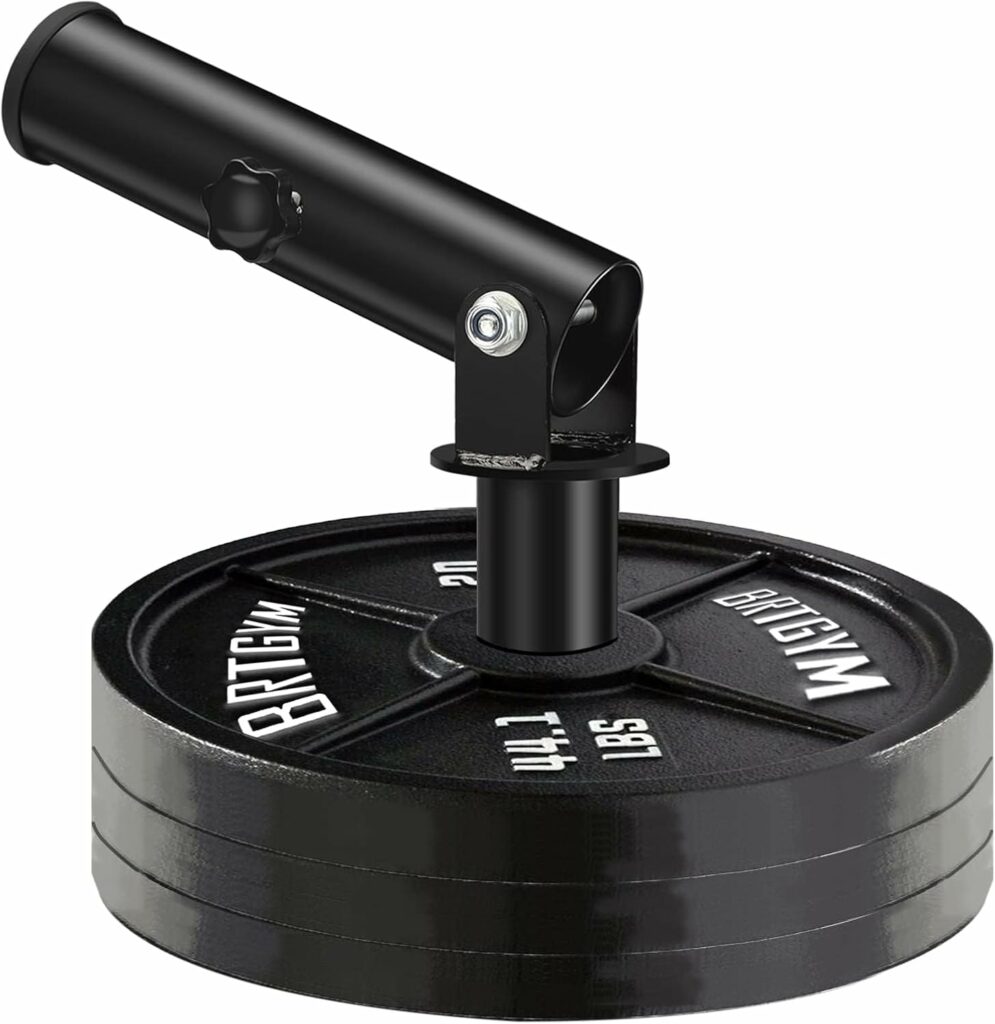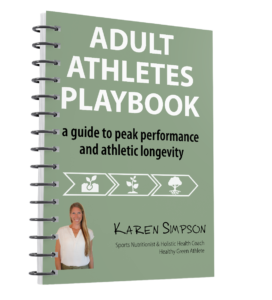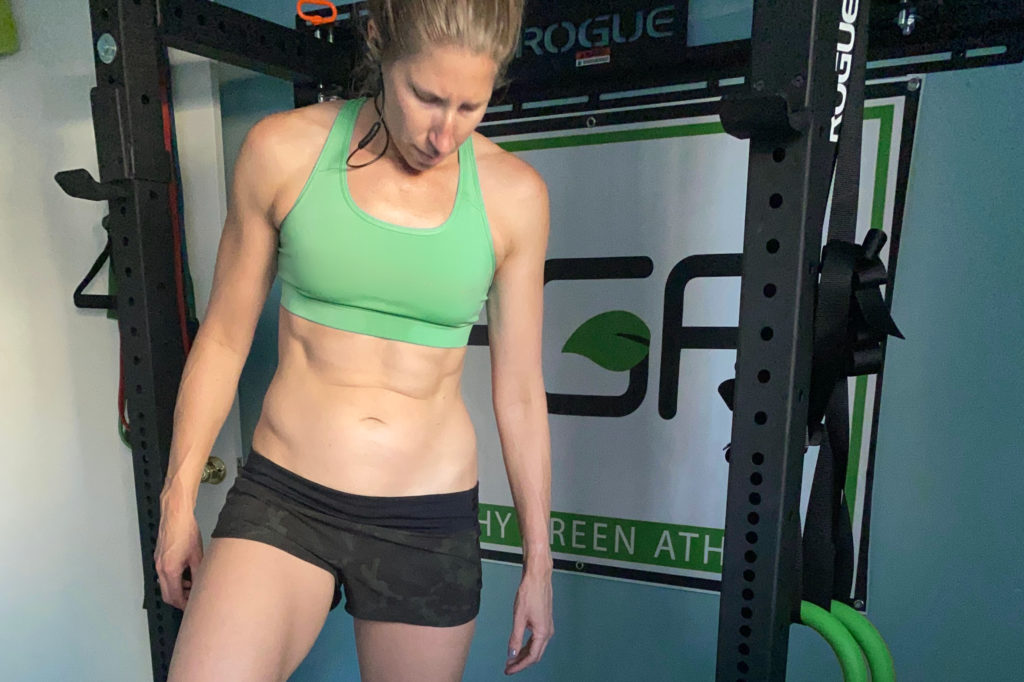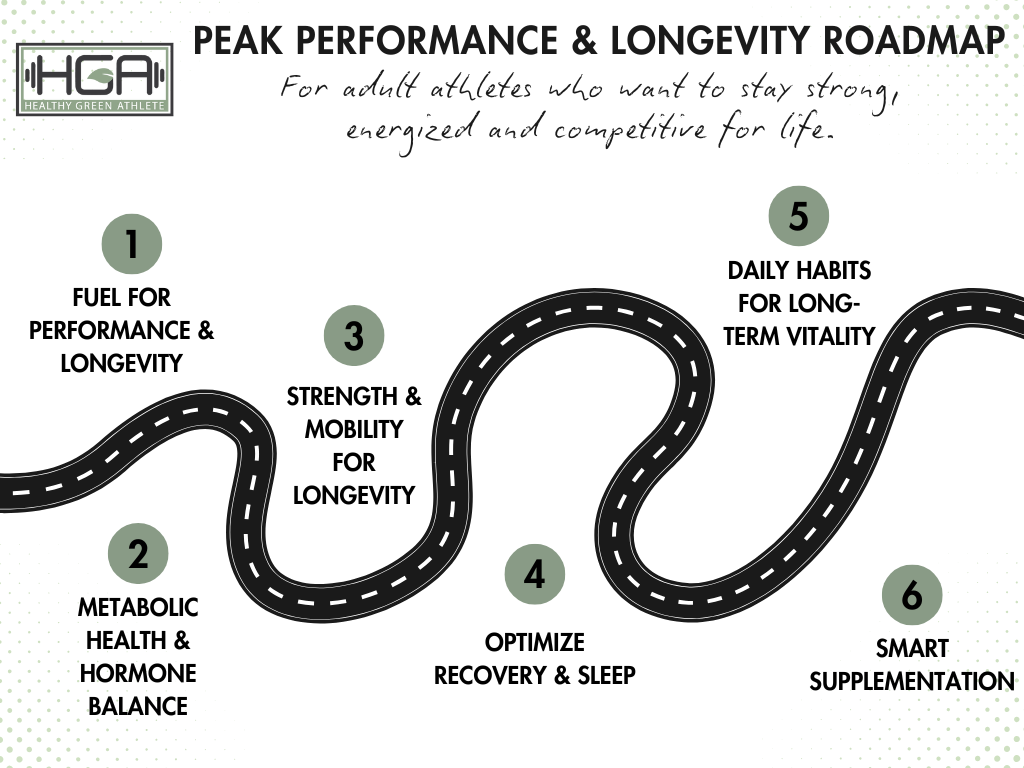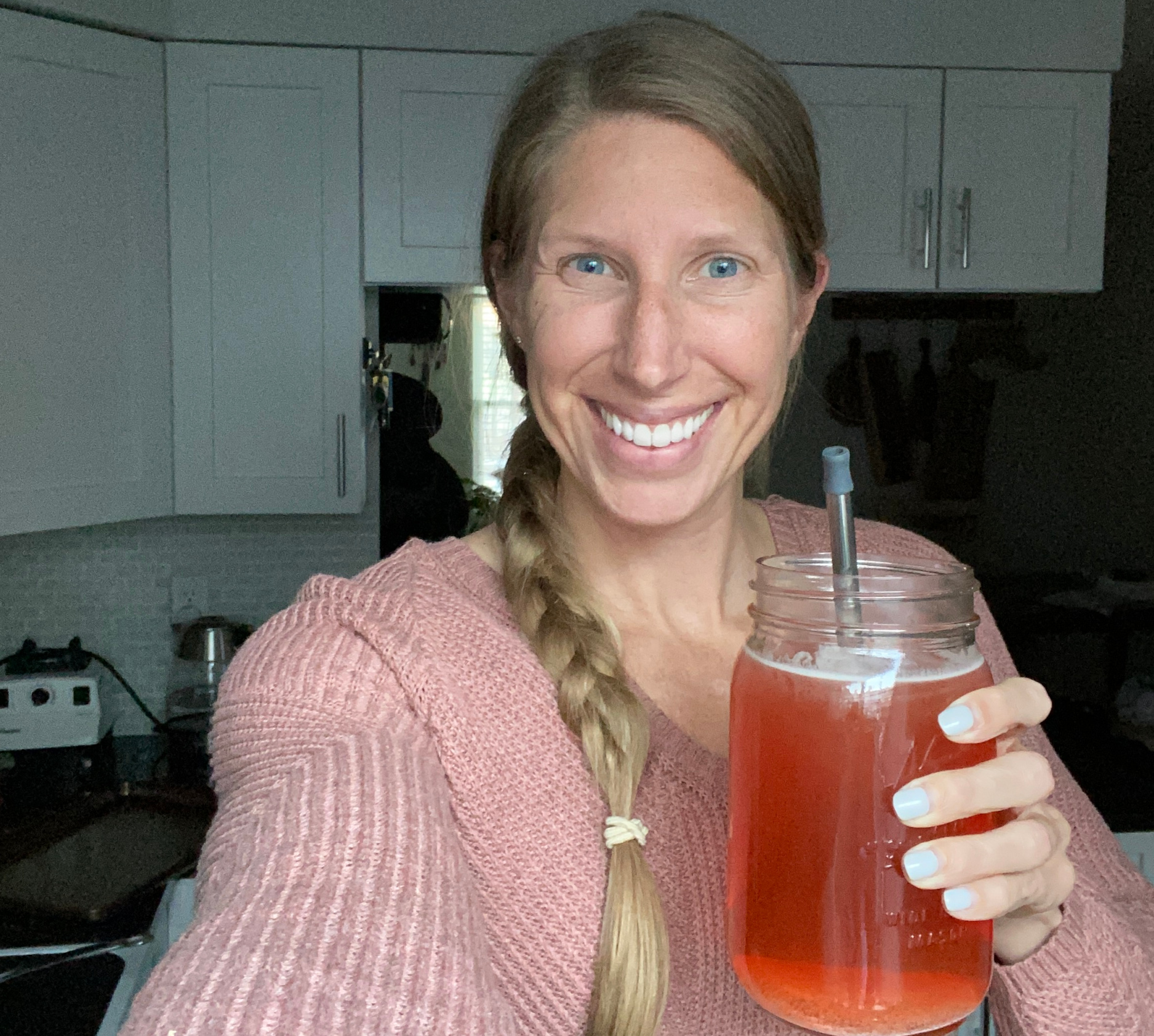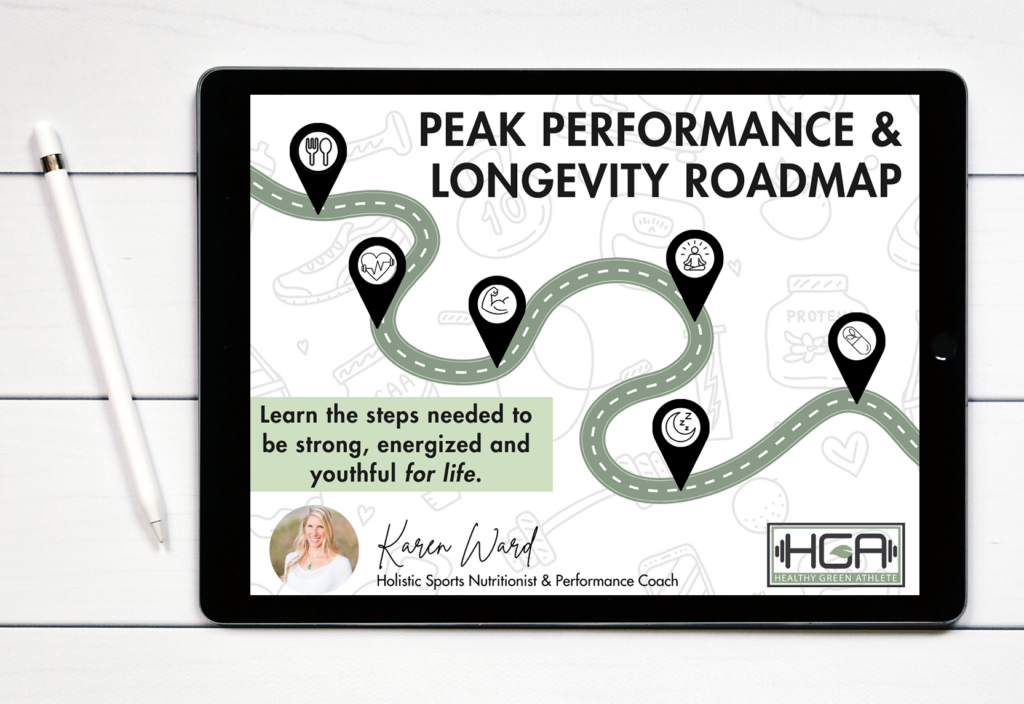Look, we all want to be strong, fast, and powerful. But let’s be real—if you’re only lifting heavy or running long distances, you’re missing a HUGE piece of the puzzle. Enter: power exercises. These bad boys are the secret sauce to explosive speed, monster jumps, and the kind of athleticism that makes people say, “Damn, what’s their secret?” If you’re an athlete and you’re NOT doing power exercises, you’re missing out on a lot of your potential.
So buckle up, because we’re about to dive into what power training is, why it’s a game-changer, and how you can sprinkle it into your workouts like magic fairy dust (except way more badass).
What the heck are power exercises?
Let’s break it down for the folks in the back: Power is all about moving fast with force. Incorporating power exercises into your training regimen is essential for athletes of all ages who want to enhance performance, stay agile, and maintain explosiveness across various sports. Power, scientifically defined as the product of force and velocity (Power = Force x Velocity), involves exerting maximal force in minimal time. This type of training focuses on developing fast-twitch muscle fibers, responsible for rapid and forceful contractions. These exercises train the neuromuscular system to recruit motor units more efficiently, improving an athlete’s ability to generate force quickly—key for sports performance at any age.
Translation? If you can move heavy things quickly, you’re powerful. And here’s the best part: power isn’t just for young athletes. Adult athletes, including those in their 30s, 40s, and beyond, can absolutely improve their power with the right training. Research shows that power output naturally declines with age, but targeted explosive training can slow down and even reverse this process. Whether you’re still competing, playing recreational sports, or just want to keep up with your kids on the basketball court, power training helps you stay strong, fast, and resilient. Plus, they don’t take a lot of time to do so you’ll optimize your workout time.
Unlike traditional strength training, which is all about controlled reps and grinding through lifts, power training is still controlled, but it’s snappy, explosive, and over before you even have time to think about how much your legs hate you. Think Olympic lifts, med ball throws, sprints, and jumps. And yes, even if you’re over 40, you can (and should) be doing these movements—with proper progressions and form, of course. The key is to train smart: start with foundational movements, focus on quality over quantity, and gradually build up intensity to keep those fast-twitch fibers firing. Because let’s be honest—no one wants to feel slow, weak, or sidelined by injury. Power training keeps you in the game, whatever your game may be.
Science says power training is too legit to quit
The benefits of power training are well-documented in sports science. A study published in the Journal of Strength and Conditioning Research (Cormie et al., 2011) found that power training significantly improves neuromuscular efficiency, leading to faster reaction times and greater overall strength. Another study by Newton and Kraemer (1994) demonstrated that athletes who incorporated power training into their workouts showed superior explosive strength compared to those who only engaged in traditional resistance training. These findings highlight that power exercises are not just about brute force but about refining the body’s ability to generate force rapidly and efficiently.
For older athletes, the evidence is just as compelling. Research published in Medicine & Science in Sports & Exercise (Reid & Fielding, 2012) indicates that power training can mitigate age-related declines in muscle power, improving balance, coordination, and functional movement. This means adult athletes can continue to perform at a high level, reduce their risk of injury, and maintain a competitive edge well into their later years.
Why power training is freakin’ essential
No matter what sport you play, activity you participate in, power training is your golden ticket. Even if you don’t identify as an athlete but want to feel like a superhero in your daily life, these exercises are the key to doing that. Here’s why:
1. You’ll get faster than ever.
Need to sprint, cut, or react like your life depends on it? Power training is your best friend. Perfect for sprinters, soccer players, and anyone who needs that extra burst of acceleration. Speed isn’t just about footwork—it’s about how quickly you can generate force. Power training teaches your body to do exactly that.
2. You’ll jump higher.
If you’ve ever wished you could jump like a kangaroo on steroids, power training is your answer. Volleyball, basketball, and high jump athletes—this one’s for you. Power exercises like box jumps and depth jumps will train your muscles to produce force more efficiently, launching you higher than ever before.
3. You’ll react like a ninja.
Ever watch an elite athlete change direction so fast it looks like they broke the laws of physics? That’s power training in action. If you play tennis, football, or hockey, this is how you leave your opponents in the dust. It’s all about teaching your muscles to fire quickly, so you’re always one step ahead of the competition.
4. You’ll be more injury-proof
Explosive strength doesn’t just make you look cool—it helps protect your body. Power training strengthens joints, tendons, and stabilizing muscles, so you’re less likely to get wrecked by sudden movements or awkward landings. A strong body that can handle force efficiently is a body that stays in the game longer.
5. Even Endurance Athletes Can Get in on This
Think power training is just for sprinters? Nope. Studies show explosive training improves running economy, meaning you can go longer without wasting energy (Paavolainen et al., 1999). That means marathon runners, cyclists, and swimmers can all level up, too. Training for endurance doesn’t mean avoiding power—it means incorporating the right mix of both.
How to Incorporate Power Training into Your Program
1. Train power before strength.
Your body is freshest at the beginning of your workout, which means that’s when you should hit power movements. Explosive exercises demand maximum effort, and trying to do them when you’re already fatigued is a one-way ticket to Sloppy City. Train power first, then move on to strength work. To avoid complete burnout, I like to alternate muscle groups for when I do power and strength in the same day. For example, if my strength workout includes a lot of lower body work, I’ll start my workout with an upper body power exercise like plyometric pushups or push presses.
2. Prioritize quality over quantity.
Power training isn’t about endless reps and marathon sets—it’s about a small number of high-quality repetitions. Keep your sets short (3-5 reps), your rest periods long (1.5-3 minutes), and focus on maximum effort every single rep. If you’re slowing down or losing explosiveness, you’re doing too much. One thing that I’ve started doing is doing some mobility work while I’m resting. So I’ll do a set of box jumps, then foam roll my calves or stretch my hips before my next set. That way I’m still resting, but making the most of my rest time.
3. Use progressive load.
Don’t just jump into power cleans and box jumps like a madman. Start with foundational movements—think bodyweight jumps, medicine ball throws, and kettlebell swings—before progressing to more complex, high-impact exercises. For example, if you’re doing box jumps, start with a low box that you’re confident you can jump on, especially when you get tired. Don’t try to be a hero and make sure you train smart, not reckless. And if you’ve never had appropriate training from an experienced strength and conditioning coach on how to properly do a power clean or a snatch, then either avoid those exercises completely or hire a coach to help supervise.
Side note: There are many powerlifting and crossfit gyms that have excellent, certified and experienced coaches that will teach you proper form. But there are way more gyms that just leave you to figure it out on your own which sets you up for injury. My advice: if you’re new to complex power exercises, don’t give your money to the gyms that don’t provide this level and depth of coaching. And don’t try to learn on YouTube. Hire a pro!
4. Incorporate sport-specific movements.
Different sports require different types of power, so tailor your exercises accordingly. Basketball players should focus on vertical jumping, sprinters on explosive sprints, and tennis players on rotational power. And volleyball players should focus on a combination of all of these. Match your power training to your athletic needs for maximum impact.
5. Balance with strength and mobility work.
Power training is only effective when your body can handle it. That means incorporating strength training to build a solid foundation and mobility work to keep your joints healthy. Weak, stiff athletes don’t move explosively—so don’t skip the basics.
Start with compound strength movements like squats, deadlifts, and presses to create the raw force needed for power. Then, add mobility drills such as hip openers, ankle mobility exercises, and dynamic stretching to keep your joints moving freely. Foam rolling and active recovery should also be part of your routine to prevent stiffness and injuries. If you can’t move well, you can’t move explosively—so make mobility and strength a priority alongside your power training.
6. Train for longevity, not just performance.
If you’re an adult athlete, the goal isn’t just to be powerful—it’s to stay powerful for the long haul. Incorporate recovery strategies like foam rolling, mobility drills, and proper nutrition to ensure that you can keep training (and winning) for years to come.
Start small, be consistent, and remember: power training is about moving like a damn beast, no matter your age. So get out there, see what your body is capable of, and own it!
Recommended equipment for power exercises
Olympic Barbell
A simple piece of equipment that can be used for a variety of power and strength exercises. You’ll also want to consider bumper plates which are designed for exercises where you may need to drop the weight quickly.
Kettlebells
Another piece of equipment that can be very versatile and provide a bit more instability than a barbell or dumbbell. These can be used for kettlebell swings, single-arm snatches, and explosive deadlifts.
Adjustable Plyo Box
Every athlete’s home gym needs a plyo box for step ups, box jumps, depth-jumps. I’ve even used them to modify plyometric pushups. We have an adjustable one at home which makes it space-efficient.
Medicine Balls
Many power exercises can be done with a weighted medicine ball. I’d recommend buying one of these leather ones because they don’t bounce like a weighted rubber ball would.
Landmine Attachment
My portable landmine attachment is one of my favorite pieces of equipment because it makes a barbell much more versatile. Many power exercises, like push presses and rotational exercises become possible with this attachment.
The Best Power Exercises for Different Athletes
Time to stop talking and start moving. Here are the best power moves for different athletes:
Olympic lifts for full-body explosiveness
- Power clean
- Snatch
- Push Jerk
- Dumbbell thrusters
🔥 Best for: Football players, weightlifters, and track athletes (sprinters, jumpers)
💪 Benefits: Builds total-body explosiveness, coordination, and the ability to generate insane force quickly.
⚠️Caution: Power cleans and snatches are two of the most effective power exercises, but they come with serious risks if not executed properly. These Olympic lifts require technical precision, mobility, and strength—without these, you’re setting yourself up for frustration, bad lifts, or even injury.
If you’re new to these movements, don’t just throw some weight on the bar and hope for the best. Start with a qualified coach who can break down the mechanics, ensuring your form is dialed in before adding intensity. Focus on learning the pull, the catch, and the timing before going heavy. And if you have mobility limitations—like tight shoulders or limited ankle dorsiflexion—work on improving those first before forcing yourself into an unnatural position.
Also, if you’re an adult athlete with a history of injuries or joint issues, consider whether variations like dumbbell cleans, kettlebell snatches, or medicine ball throws might be safer and just as effective. Power training is about longevity, not just looking cool in the gym. Train smart, build up gradually, and remember—explosiveness should never come at the expense of safety
Plyometrics for speed and jumping power
- Box jumps
- Depth jumps
- Bounding
- Single leg hops
🔥 Best for: Basketball, volleyball, soccer, and tennis players
💪 Benefits: Higher jumps, quicker reactions, and legs that feel like springs.
Throws and exercises for upper body firepower
- Rotational medicine ball slams
- Overhead medicine ball tosses
- Med ball chest passes against a wall
- Plyometric pushups
🔥 Best for: Baseball, golf, tennis, and combat sports athletes
💪 Benefits: Upper-body explosiveness, stronger rotational power, and the ability to throw heat.
Conclusion: Time to Unleash Your Inner Powerhouse
If you’re not training for power, you’re leaving athletic potential on the table. Power exercises will make you faster, stronger, and harder to stop—whether you’re on the field, the court, or just flexing on your competition at the gym. Explosive training isn’t just about looking cool; it’s about making real improvements in performance, injury prevention, and efficiency. So quit wasting time. Start adding power exercises into your training, and watch your performance go through the damn roof.
References:
Cormie, P., McGuigan, M. R., & Newton, R. U. (2011). Developing maximal neuromuscular power: Part 1 – Biological basis of maximal power production. Journal of Strength and Conditioning Research, 25(1), 285-293. https://pubmed.ncbi.nlm.nih.gov/21142282/
Newton, R. U., & Kraemer, W. J. (1994). Developing explosive muscular power: Implications for a mixed methods training strategy.
Strength and Conditioning Journal, 16(5), 20-31. https://www.jsams.org/article/S1440-2440(01)80008-6/abstract
Reid, K. F., & Fielding, R. A. (2012). Skeletal muscle power: A critical determinant of physical functioning in older adults.
Exercise and Sport Sciences Reviews, 40(1), 4-12. https://pmc.ncbi.nlm.nih.gov/articles/PMC3245773/
Paavolainen, L., Häkkinen, K., Hämäläinen, I., Nummela, A., & Rusko, H. (1999). Explosive-strength training improves 5-km running time by improving running economy and muscle power. Journal of Applied Physiology, 86(5), 1527–1533. https://pubmed.ncbi.nlm.nih.gov/10233114/
